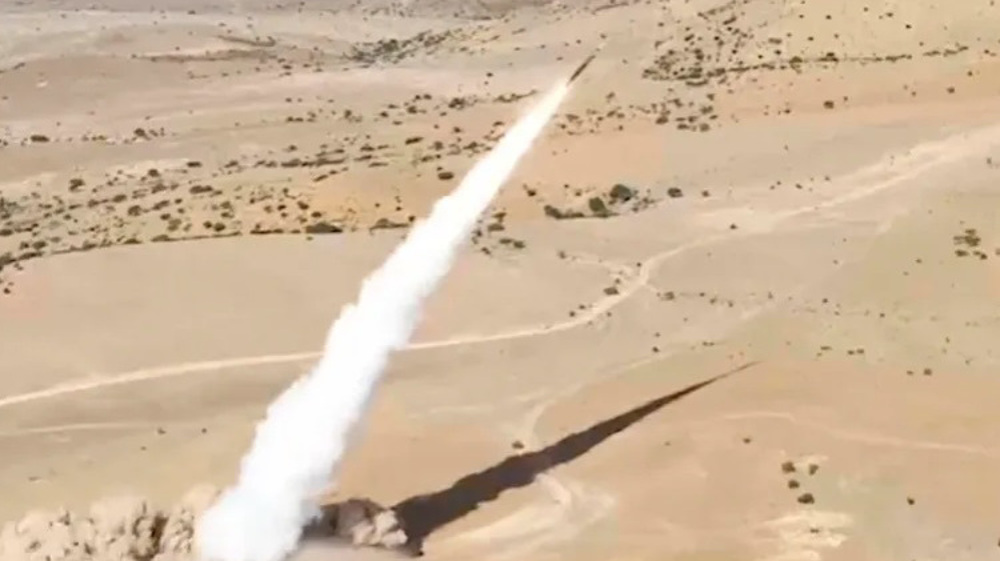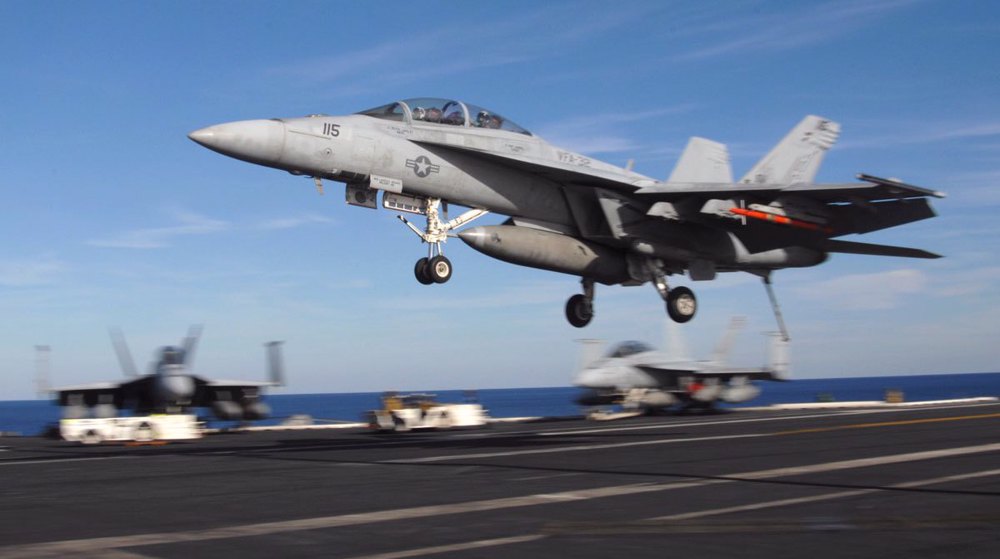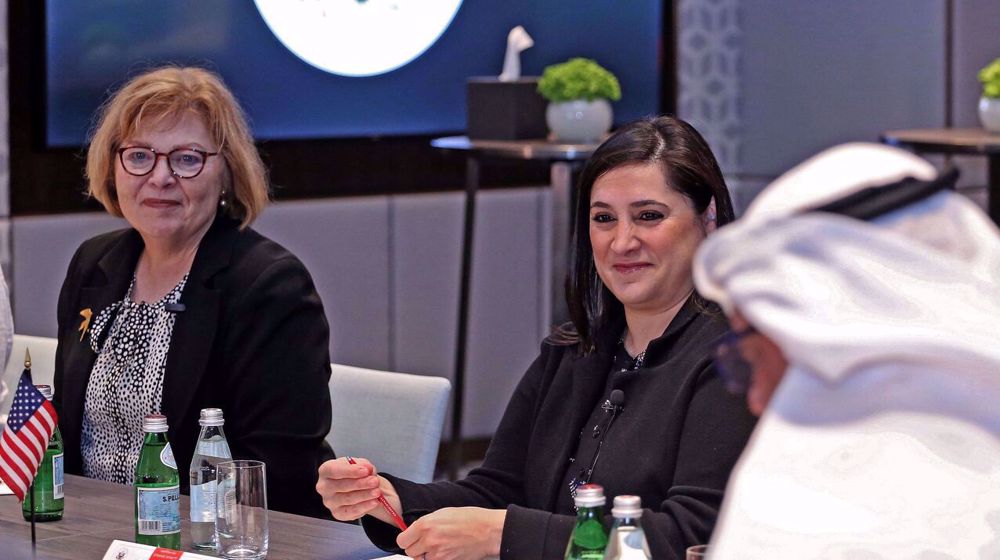US, allies sending up to 4,000 more troops to Russia’s doorstep
The United States and its allies are said to be increasing troops stationed in countries bordering Russia by deploying up to 4,000 more forces.
Quoting anonymous US officials, The Wall Street Journal made the announcement in a Wednesday report.
Under one plan, roughly 800 to 1,000 soldiers will be stationed in each of the four battalions to be deployed to Poland, Estonia, Latvia, and Lithuania.
US officials said the move was supposed to send Russian President Vladimir Putin a message about the presence of military forces there.
“We are not picking a fight; we aren’t trying to provoke him,” said a senior US defense official. “But we are trying to make sure he understands we are engaged in Europe, we are militarily capable in Europe and we are going to defend NATO. That is the message.”
US officials expressed willingness to put 150 US soldiers in each of the Baltic states for now but “are open to rotating in additional troops from the US.”
One objection
The release came in the wake of drills conducted by Russia in the region, which remains volatile amid a shaky ceasefire in Ukraine.
Washington’s allies are also “supportive” of the new plan except for Germany, according to the international daily newspaper based in New York City.
The US has been urged by Berlin in “private discussions” that putting more soldiers under NATO command in the volatile region would be commensurate to treating Moscow “as a permanent enemy.”

“Berlin is eager to avoid any public discussion of additional troops in the Baltic states at a moment when the ceasefire in the Ukrainian conflict is holding and relations with Russia are in flux,” the report read citing military officials.
A view of the past
According to Russian ambassador to NATO Alexander Grushko, the “creeping increase” would further violate a 1994 agreement that forbids permanent stationing of troops on Russia’s border while it “generates confrontational approaches to security issues that in our view should belong to the past.”

“From political point of view, these military activities are aimed at creating a new ‘Iron Curtain’ in Europe,” said Grushko (pictured above).
The other side, however, argues that the agreement is not violated as the troops are smaller than a regular brigade and “would rotate in and out” of the region.
VIDEO | Israel wipes out northern Gaza
VIDEO | Press TV's news headlines
Israel kills 5 Palestinian journalists in front of Al-Awda Hospital in Gaza
VIDEO | Gaza ceasefire obstacles
VIDEO | Pakistani Christians mark Christmas in solidarity with Palestine
VIDEO | Plight of Gaza cancer patients
VIDEO | Yemen’s hypersonic missiles continue targeting Israel
VIDEO | Intl. event marks Yalda Night, Christmas, Birth Anniv. of Lady Fatima (PBUH)










 This makes it easy to access the Press TV website
This makes it easy to access the Press TV website